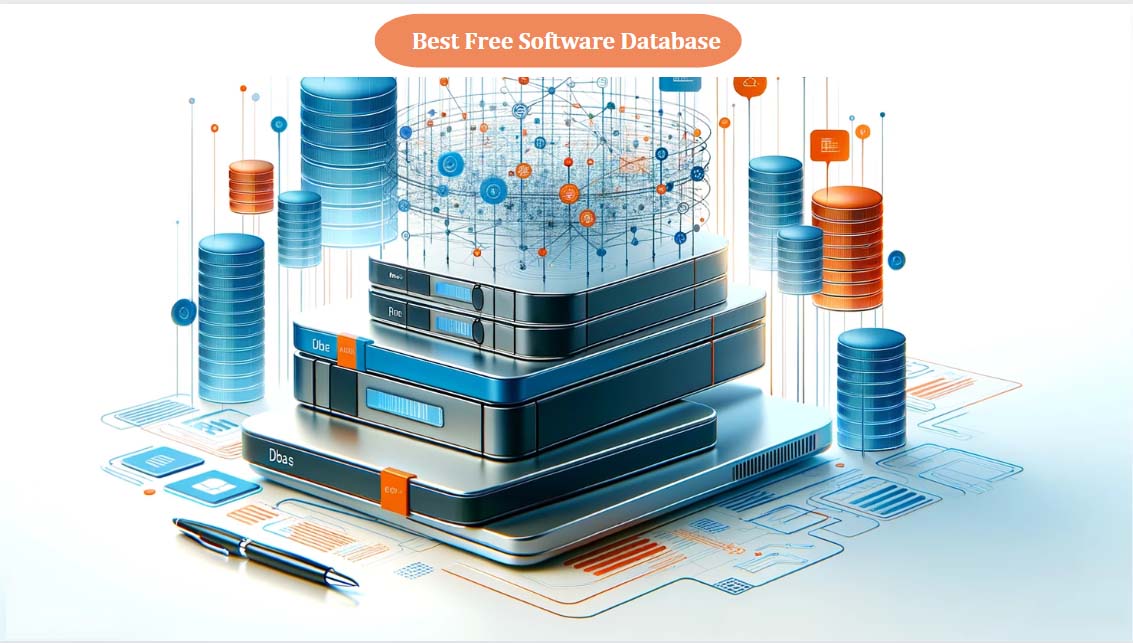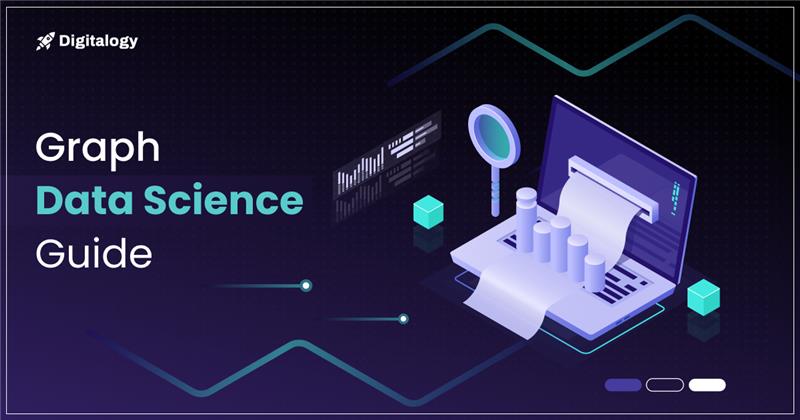Whether you’re a startupper or a huge multi-level organization, the well-designed database is an irreplaceable tool that considerably simplifies many operations. However, when it comes to choosing the most optimal database option, it’s easy to get lost among numerous offers available on the market. Besides choosing the best free database, it’s vital to properly estimate the correlation between your business scale and a chosen database’s capabilities.
In this post, you’ll discover how to define your needs and demands for database software, overview the most notable options, and finally get valuable insights that will help you choose the database software that will complement your business the best.
Types of Database Software
First and foremost, it’s crucial to realize that there are different types of database software, each with its purpose. Let’s primarily specify the main types:
Relational Database Management System
Relational Database Management System (RDBMS) is a classical database type that structures data in tables with rows and columns, enabling you to store, manage, and query data efficiently. Such databases utilize mechanisms that maintain the integrity of relationships between entities.
Examples: MySQL, PostgreSQL.
NoSQL databases
NoSQL databases are aimed to deal with semi-structured or completely unstructured data. This database type has a schema-less or schema-flexible design, enabling developers to align with required data standards without strict data constraints.
In-memory databases
In-memory databases store data not on the disk but in the system’s main memory. This capability enables you to access data faster, as well as conduct its retrieval much faster. It’s usually used for caching and message brokering, and it can also facilitate the enhancement of web applications’ performance.
Graph databases
Graph databases are quite helpful in case of managing data with complex relationships. Such databases usually utilize a property graph model for data representation and storage. It’s an ideal option when understanding and querying relationships between entities is crucial.
Example: Neo4j.
NewSQL databases
NewSQL databases act as a combination of traditional SQL benefits along with the scalability and flexibility of NoSQL databases. The key advantage of NewSQL databases is its ability to offer a diffused SQL database software that ensures robust data consistency and high availability. It is primarily aimed at handling large-volume applications.
Examples: CockroachDB.
Object-oriented databases
The distinctive feature of an object-oriented database lies in its capability to store data in the form of objects, which usually include attributes (e.g., name, age, address) and methods (e.g., Change address(), Calculate age(), etc.).
Example: db4o
Time series databases
Time series databases are optimized tools that are used to handle data associated with timestamps (e.g., stock prices, website traffic, GPS coordinates, health rate measurements, etc.). Such databases usually support real-time monitoring and analytics. It may help you efficiently manage data streams, making it valuable for temporal data analysis applications.
Example: InfluxDB.
What Database is a Match for Your Business?
There are several things you’ll have to consider before choosing database software. Assessment of the following factors may help you avoid possible drawbacks and conduct a successful integration.
Factors to consider while choosing a database
- Support of various data types. Focus on choosing databases that support diverse data types, including structured (tables columns) and unstructured (JSON, document)
- Robust security functionality. To make the software act as a secure data storage, consider including or enhancing security measures like encryption, access controls, auditing capabilities, etc.
- Integration capabilities. Ensure the chosen database can seamlessly integrate with other software to ensure boundless data flow and interoperability within your tech stack
- Scalability. Precisely evaluate scalability options presented by the database software to ensure it’s capable of accommodating growing data volumes and user loads as your business expands and evolves
- User-friendly interface. Try focusing on database options that offer intuitive and easy-to-use interfaces and general functionality, This may significantly speed up the solution adoption and simplify the whole process of data administration, monitoring, and configuration
- Multiple OS integration. Seek for database software that supports multiple operating systems and frameworks. This will help you ensure high compatibility among development environments, allowing for deployment on needed platforms.
Business types and database software compatibility
Finally, it’s time to determine what type of database software will match your business needs and objectives. Let’s define 5 main categories:
- Small-size businesses. Typically, small businesses have quite narrow data selection and, consequently, straightforward operational requirements. So, a lightweight, serverless, and zero-configuration Relational database management system like SQLite, Realm (a lightweight mobile and schema-less solution) will be an optimal option
- Medium-size businesses. Due to moderately complex operational needs, RDBMS like MySQL or PostgreSQL may be considered a golden mean. Alternatively, you can select NoSQL software like Cassandra for special uses (need for extended scalability, high write throughput, etc.) All of these options have a great scalability potential that may become an advantage in case of business expansion
- Large businesses. As large-scale businesses handle massive data volumes and high transaction loads, solutions like NoSQL Cassandra, as well as NewSQL CockroachDB, will become primary software for dealing with such a scale of complexity.
- Global businesses. Global scale requires operation with a worldwide scale, engaging complex systems and datasets. Distributed database types like NoSQL and NewSQL are essential, and Amazon DynamoDB and Google Cloud Spanner will become the superior choice
- E-commerce businesses. Besides product data, E-commerce businesses handle massive volumes of transactions and user interactions. That’s why it’s recommended to select a mixed approach, engaging relational and NoSQL solutions. By this, MySQL or PostgreSQL is great for structured data, while Elasticsearch can assist you in efficient search functionalities
However, keep in mind that this is an approximate selection of databases that is aimed to orient you in available options that may help you handle the required data scale. The final decision will heavily depend on your unique requirements and the tasks the database software has to able to complete. This includes basic capabilities like data storage, modification, and retrieval and more advanced tasks like multi-model database support, advanced analytics, machine learning integration, data replication and synchronization, etc.
Summing up
Finding suitable, scalable, reliable, and, most importantly, free database software is indeed a notable chance to cut financial investments while maintaining the digitalization of the business. All in all, choosing the right free database software will require an accurate assessment of crucial factors to meet your business’s specific needs and facilitate a boost for its operational capabilities.
Evaluate your data requirements, separating structured, unstructured, or semi-structured datasets. Nevertheless, paying attention to robust scalability capabilities enables you to ensure the chosen database software can easily accommodate current data volume handling and support future expansion perspectives. Performance measurements like query speed and throughput must meet your business demands to support efficient operation management, prioritizing metrics tracking is crucial for leveraging data as a valuable asset.
Precisely evaluate the database’s software capability to integrate with your existing tech ecosystem and comprehensive documentation easily. This will enable you to facilitate streamlined and swift adoption and troubleshooting. Besides, the prior definition of potential integration risks will give you some time to prepare favorable integration conditions for the chosen software. Don’t forget to ensure the presence of backup and recovery features. This will help you add a layer of data protection, minimizing the probability of unwanted intrusions and data leakages.







